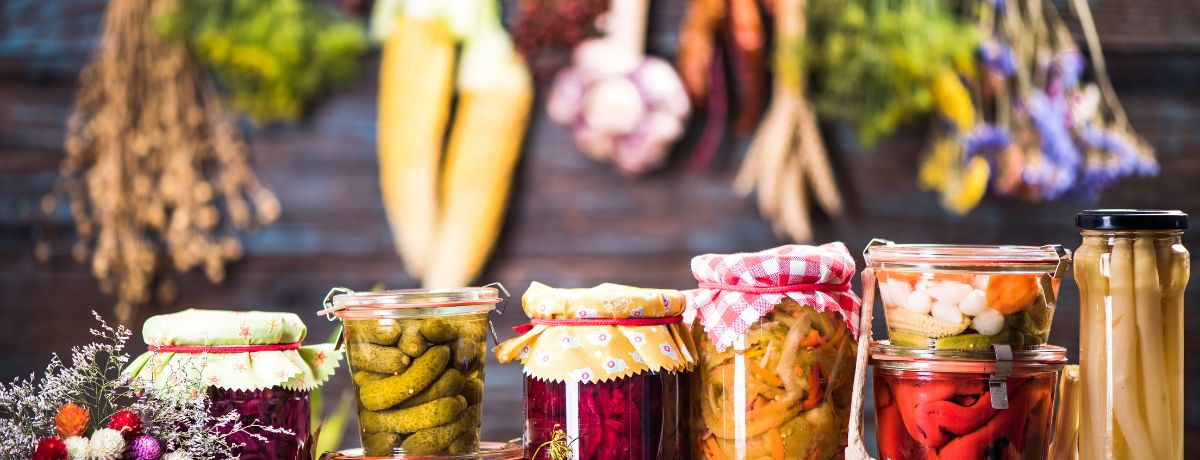
Mastering the Art of Harvesting and Storing Your Crops: Tips for a Bountiful Harvest
Title
Knowing When to Harvest
1. Vegetables
2. Fruits
3. Herbs
The Art of Harvesting
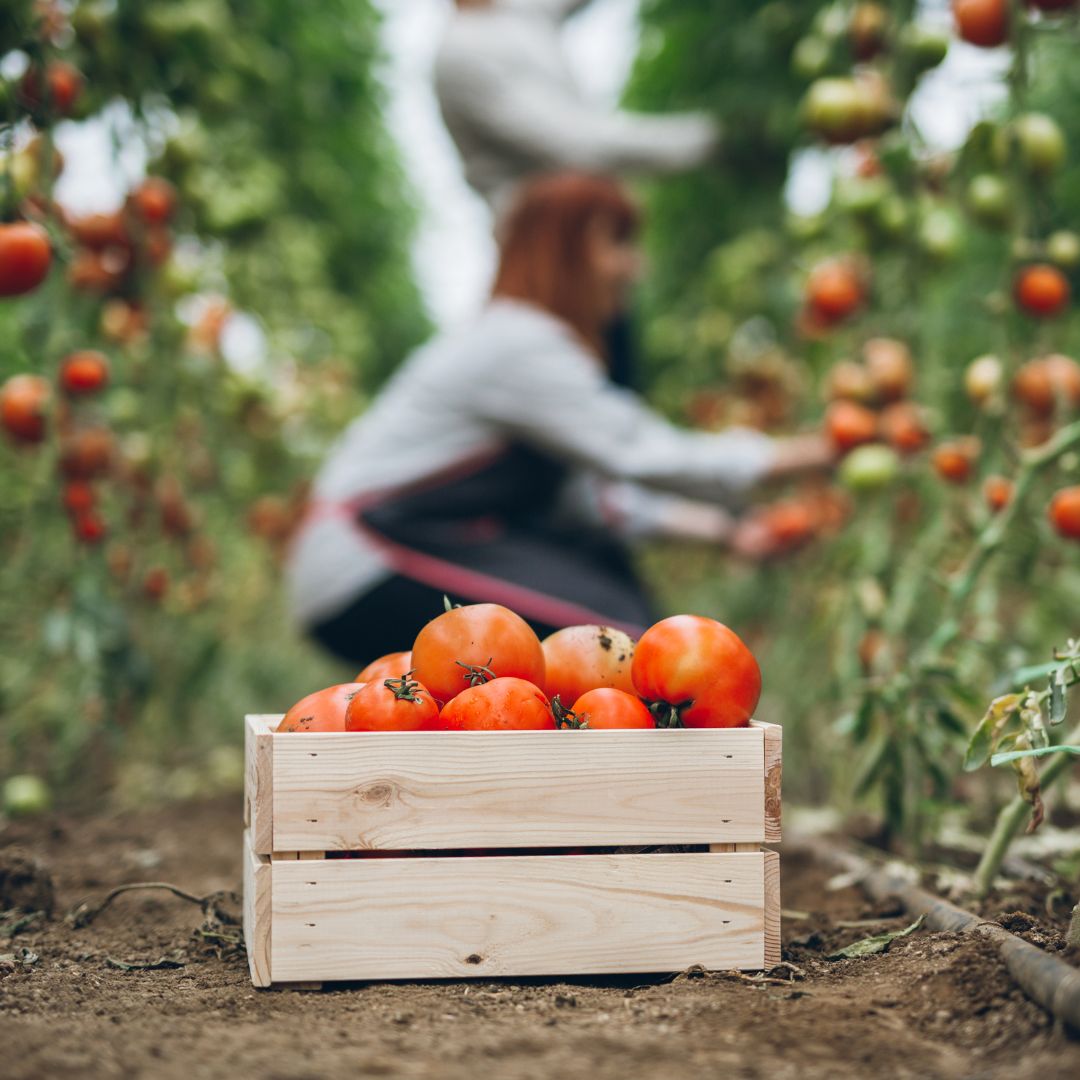
Preparing Your Crops for Storage
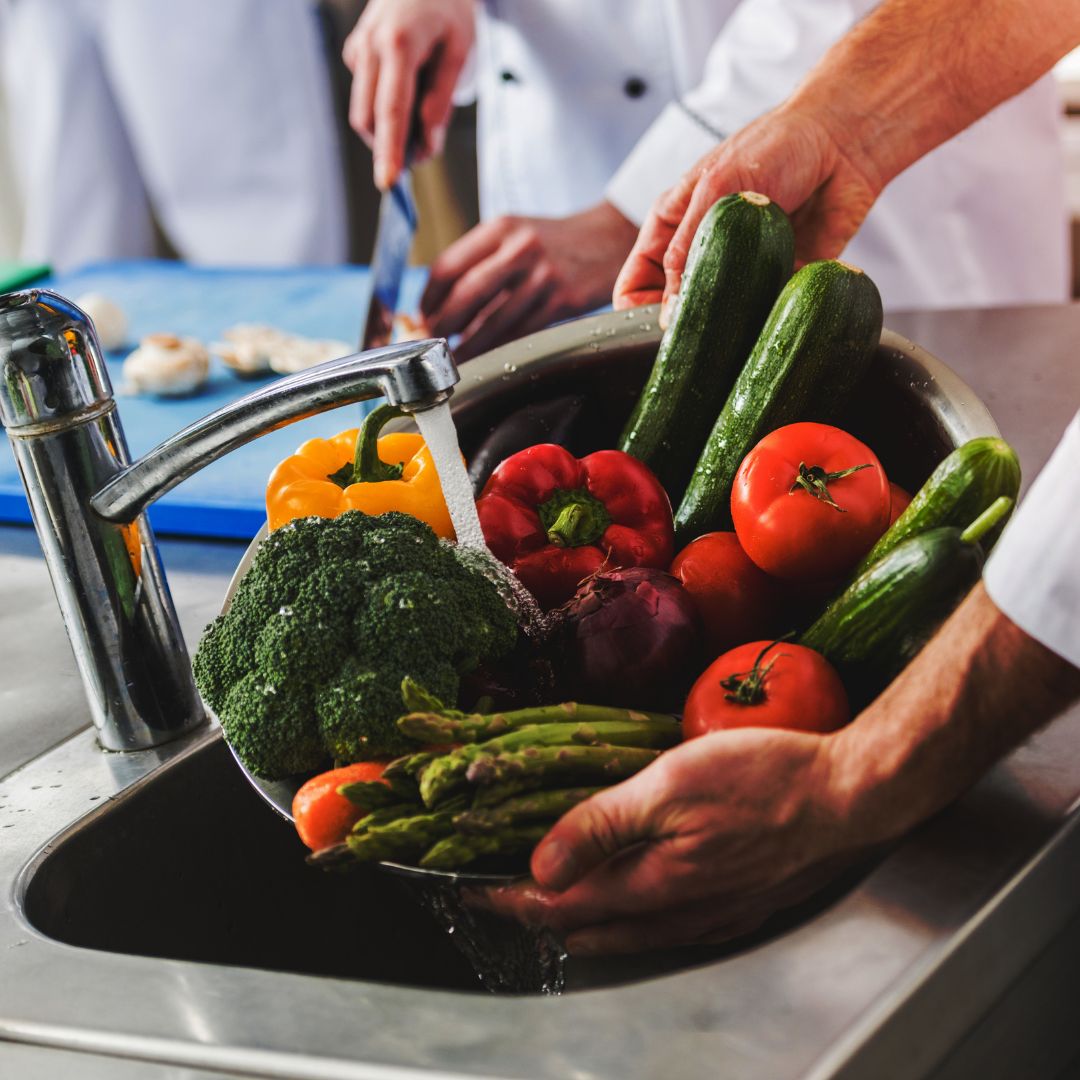
Storing Your Crops
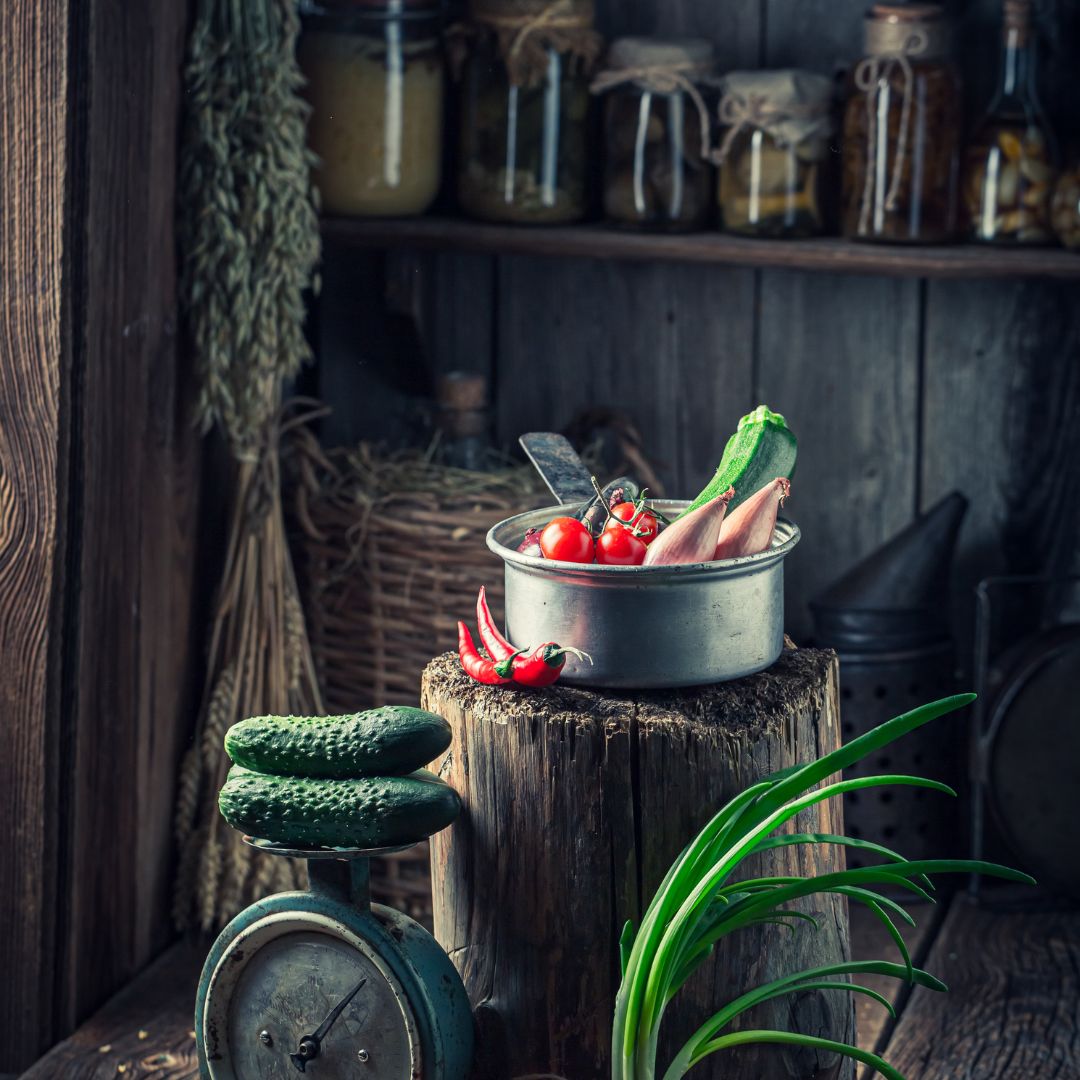
Tips for a Successful Harvest and Storage
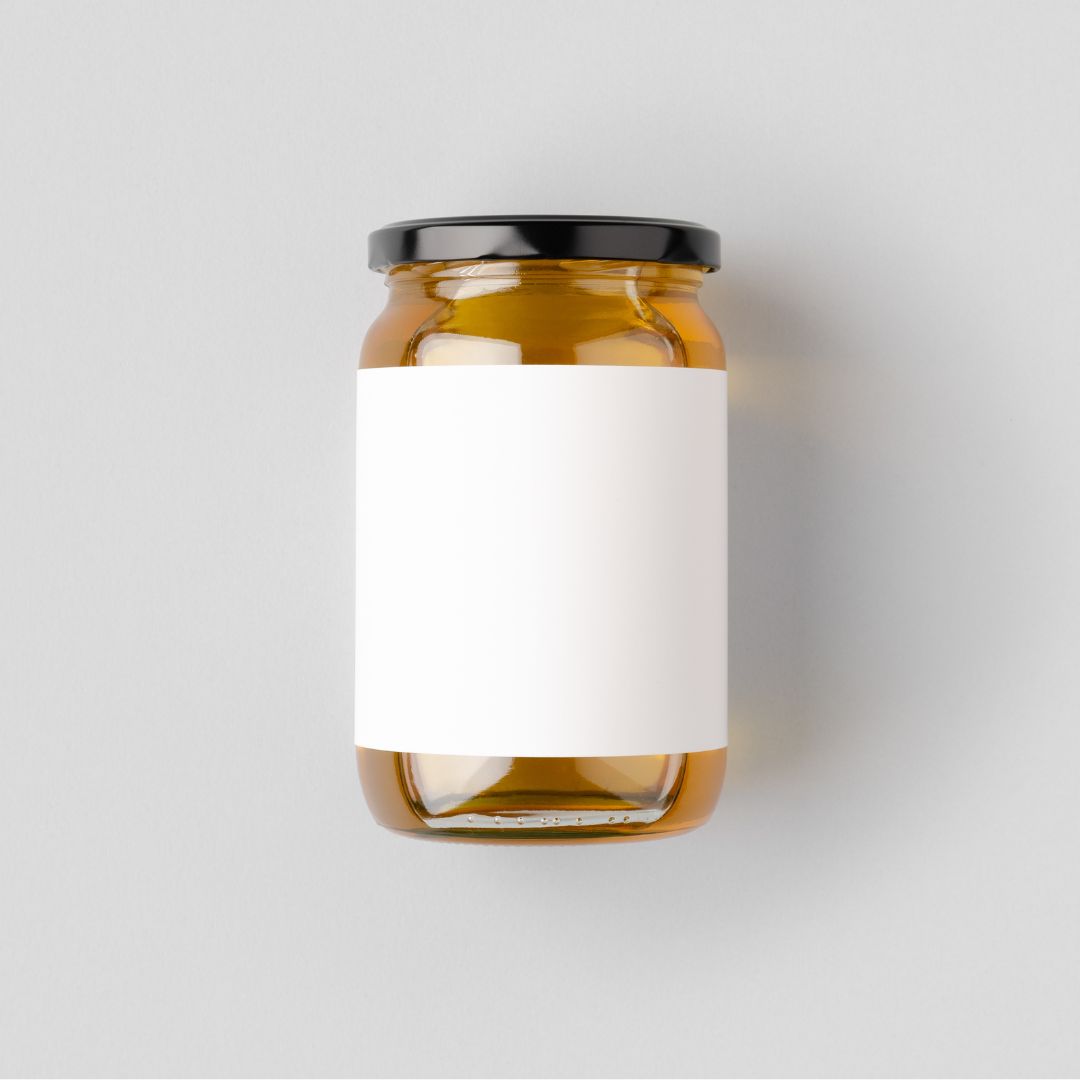
Conclusion
Subscribe
Articles you might like
Related Products


